Why Pineapple Makes Your Mouth Sore and Other Puzzling Questions – Answered!
Why does pineapple make your mouth sore? Why does looking at the sun make some people sneeze? We answer 5 of life's puzzling (but simple) questions. Take a look!
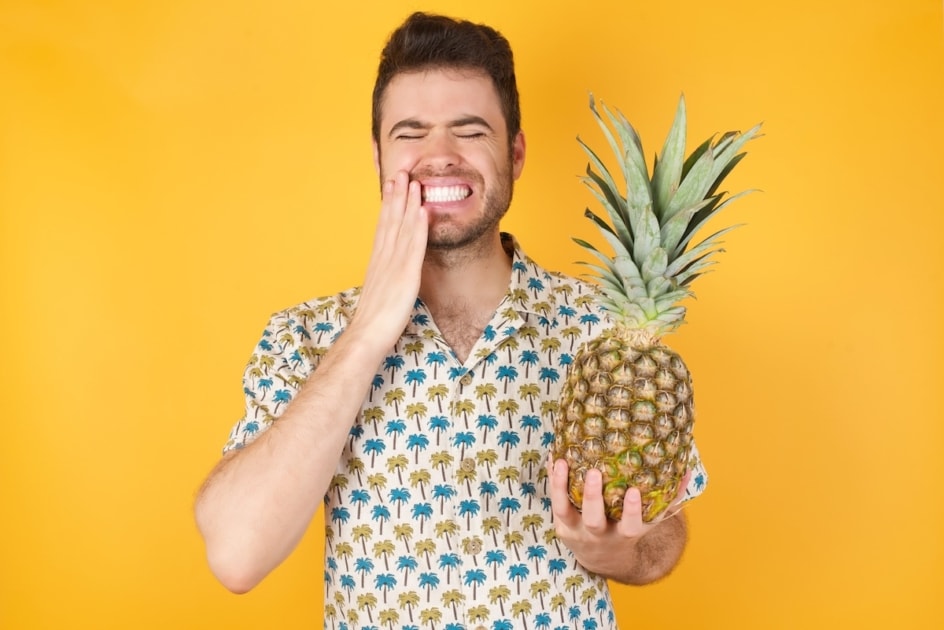
At Farmers’ Almanac, we love digging into and uncovering the answers to some of life’s puzzling questions (also known as “things that make you go, hmmm…”). Consider the following…
1. Why Does Looking At The Sun Make Some People Sneeze?
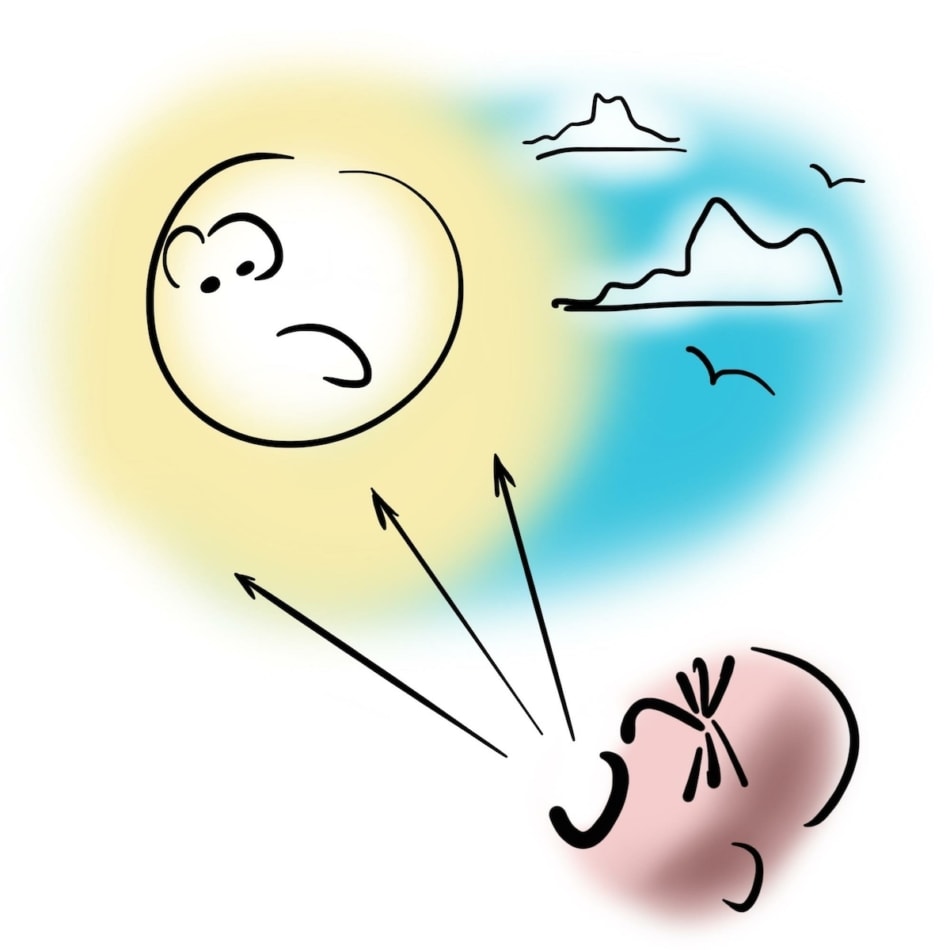
You may remember the old trick that if you’re about to sneeze, but can’t, you should “look at the sun!” And it would, without fail, prompt you to sneeze. Sun sneezing has many names, including ACHOO syndrome (Autosomal Dominant Compelling Helio-Ophthalmic Outburst), or Photic Sneeze Reflex, and it tends to run in families.
While we all sneeze, we don’t often dwell on it much. It just happens, but it’s actually quite a process! It begins with a reaction in your nose that triggers a nerve to send a signal to the brain’s “sneezing center.” The sneezing center responds with a list of instructions, like telling your nose to release fluid to wash away the irritation, and your respiratory system to take in a deep breath and release it at almost 100 miles per hour. It’s a reflex, meaning it happens automatically.
Your pupils have a reflex too—they shrink when it’s bright out to control how much light gets into your eyes. In most people, the two reflexes—sneezing and pupil-shrinking—take different routes through the brain. But in sun-sneezers, there seems to be a mix-up. Exposing the eyes to a bright light also sends a message to their sneeze centers. We know that there are lots of nerves packed really close together in your brain, and in the case of sun-sneezing, the nerves are probably crossed just a bit.
Gesundheit!
2. Why Are They Called Chickenpox?
“Chicken pox” is what we commonly call the varicella zoster virus, a disease that often affects children, although adults who haven’t had it before can get it, too. It’s often assumed that chicken pox got its name from its appearance. The skin lesions look a little bit like chicken pecks, which leads some to assume that over time, “chicken pecks” became “chicken pox.” But pox first appeared as a word around 1540. Before that, it was spelled “pock” (or the plural “pocks”), which comes from the old English pocc. “Pock” and “pocc” were both words for “pustule,” and the terms were used to refer to a variety of diseases—not just chickenpox, but smallpox, syphilis, and others that cause lesions, pustules, or skin sores.
Another theory has to do with the Middle English words for “itch,” which were yicche and icchen (pronounced exactly like “chicken,” only without the first two letters). Because chickenpox is itchy, some researchers surmise that it was originally called “icchen pocc” or “icchen pocks,” which, as time went on, evolved and eventually became known as “chickenpox.”
3. Why Does Garlic Sometimes Turn Blue When You Cook It?
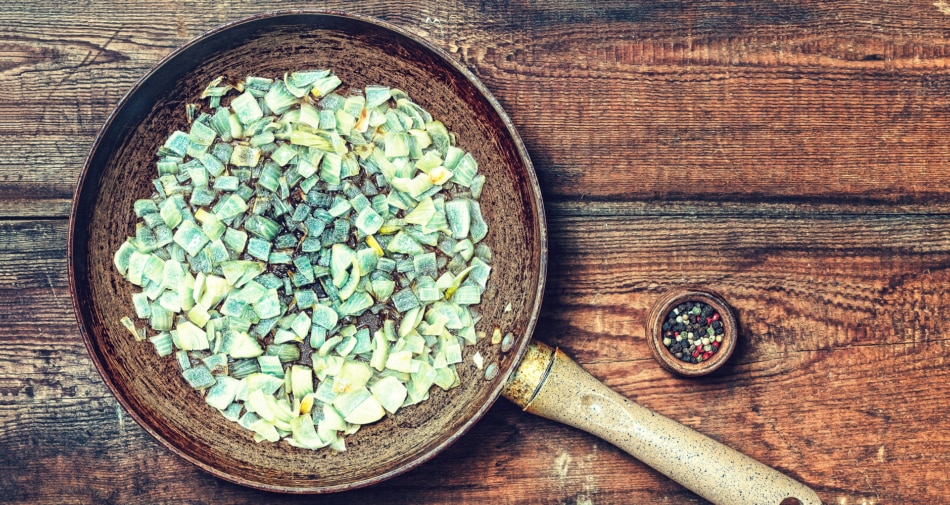
If you were making your grandmother’s famous chicken piccata dish and suddenly the garlic you were sautéing turned blue or green in the pan, don’t fret! Though scientists are sometimes as confused as to why this happens, there is a logical explanation for it.
Oftentimes called “greening”—no association with the recycling movement—this transformation is a result of the sulfur compounds found in garlic reacting with various acids, whether it be from wine, lemon juice, or something basic like the iodine in table salt. Copper can also cause a reaction when it combines with the enzymes in garlic: butter, lemon juice, and water all can contain small amounts of copper. All this aside, your colorful garlic poses no danger and is safe to eat. So sauté away!
4. Why Does Pineapple Make Your Mouth Sore?
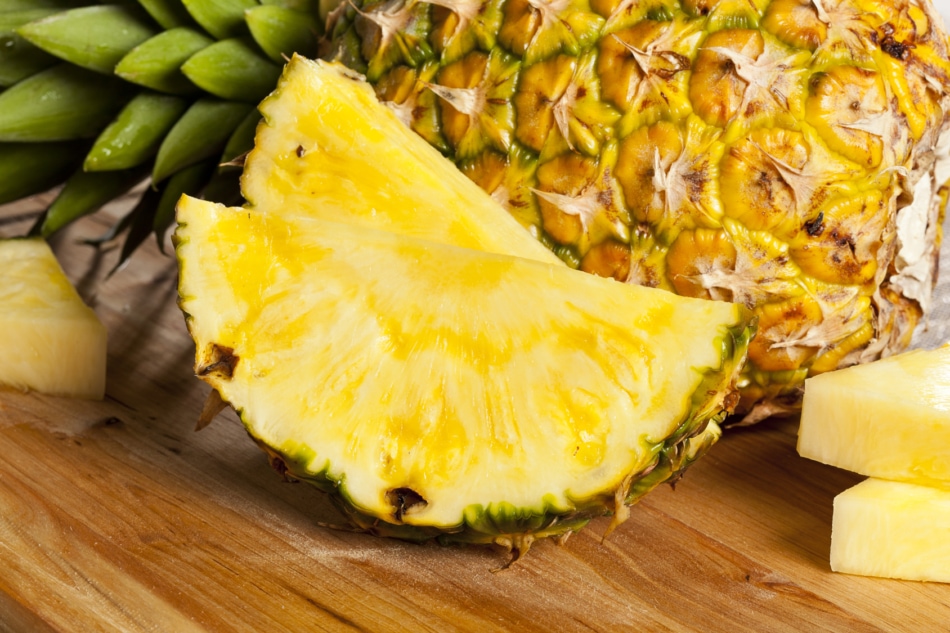
Pineapple is one of those refreshing fruits you could sit and eat piece after piece. But afterward, you may find your tongue, cheeks, or the roof of your mouth has developed little sores. Why is that?
What it comes down to is the enzyme in pineapple called bromelain that breaks down proteins. Because your tongue and cheeks are also made up of a whole bunch of proteins, the enzyme, combined with pineapple’s acidity, causes a similar breakdown to occur. You may have noticed, though, that the symptoms don’t last for long, and that’s because of how quickly cells regenerate.
But if you wish to avoid the sores altogether, try removing the core of the pineapple first. That can reduce soreness as the core contains the highest concentration of bromelain. Heat can also decrease the levels in the fruit, so grilling or cooking the pieces will get the job done. Even canned will cause less irritation than fresh. You can also try adding another protein, like dairy, to give the enzyme a different protein to focus on instead of the ones in your mouth. Happy snacking!
5. Why Do Acorns Wear Hats?
If you have oak trees in your yard, you are probably very familiar with being pelted by acorns when early fall rolls around. Acorns are the seeds of the oak tree, and they drop in order to plant new oak trees. The lower cup-shaped part of the acorn contains all the necessary tools to grow that new oak tree: proteins, fats, and carbohydrates that help the seedling get started until the plant can survive on its own and start making food through photosynthesis.
Acorns wear a “hat,” called a “cupule,” which is designed as an extra layer of protection for the seed inside as it grows. Cupules can be either smooth or scaly. All this protection might be why only 1 out of every 10,000 acorns actually sprouts and turns into a new oak tree. The remainder falling in your yard become nutritious food for birds, squirrels, and other wildlife such as bears and deer.
Research compiled with assistance from freelance writer Amber Kanuckel.
This article was published by the staff at Farmers' Almanac. Do you have a question or an idea for an article? Contact us!


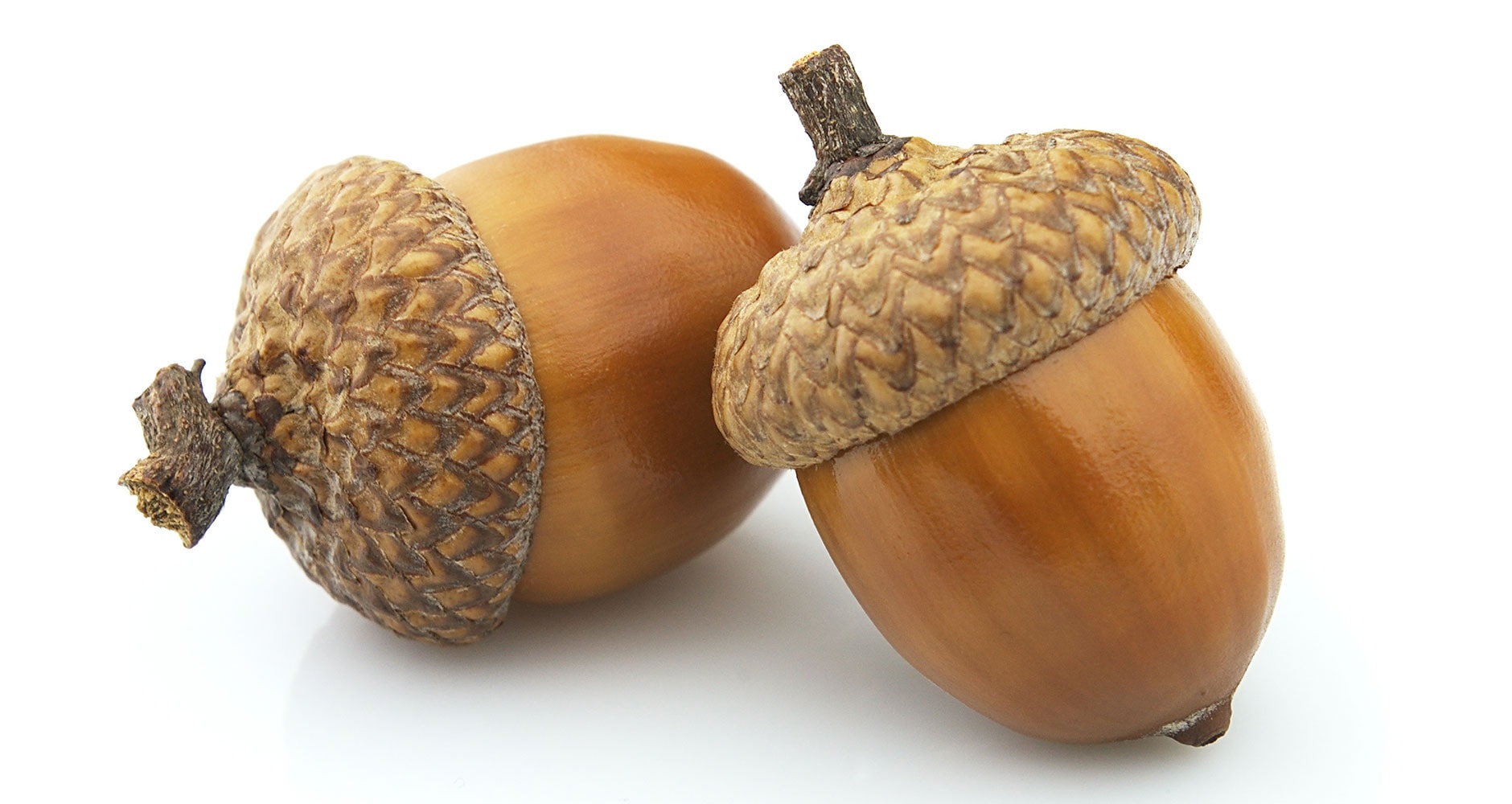



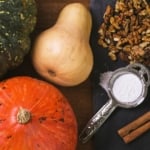
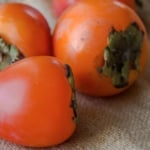

I learn something new everytime I read, like pineapple dipped in water.
A few years ago we visited our granddaughter in Hawaii. We went to the Dole pineapple plantation. A young lady did a demonstration on how to cut and serve a pineapple. She said that after peeling and cutting the pineapple you need to wash it, just dipping in water. This removes the Bromlain that burns your mouth, etc. it works.
Thanks, Jenny, for the great info!